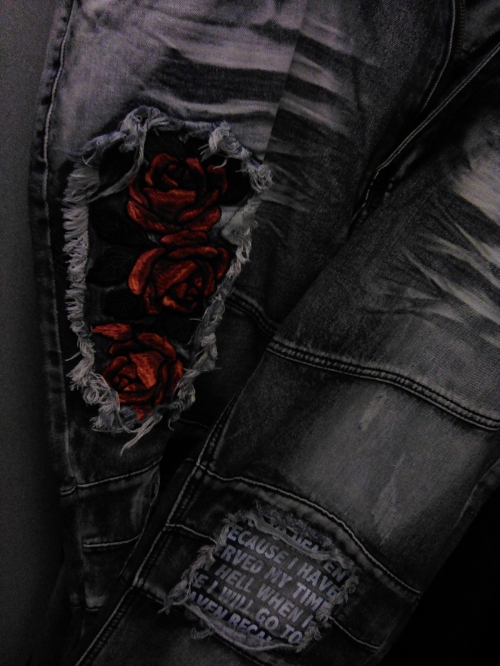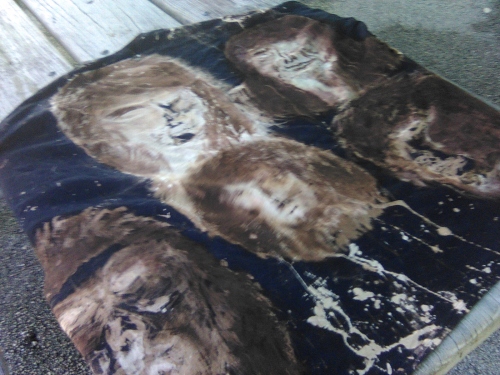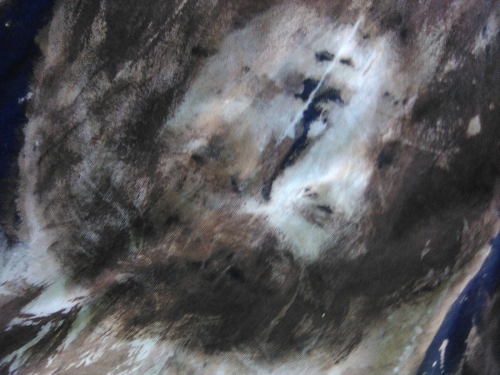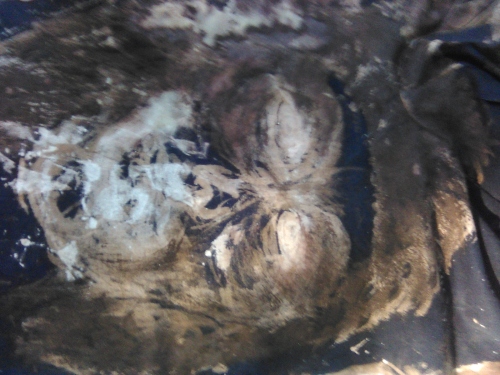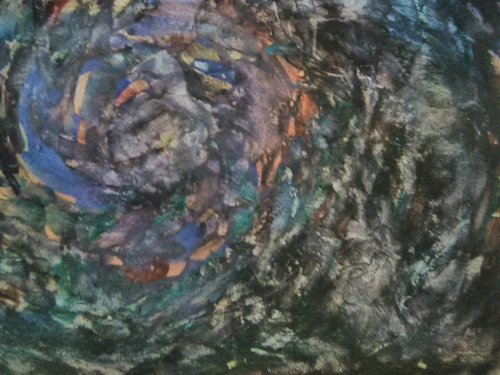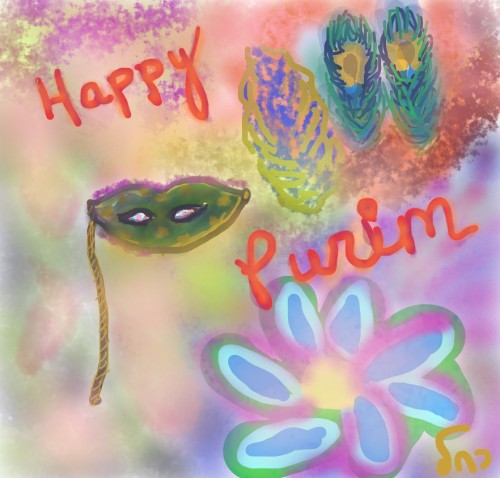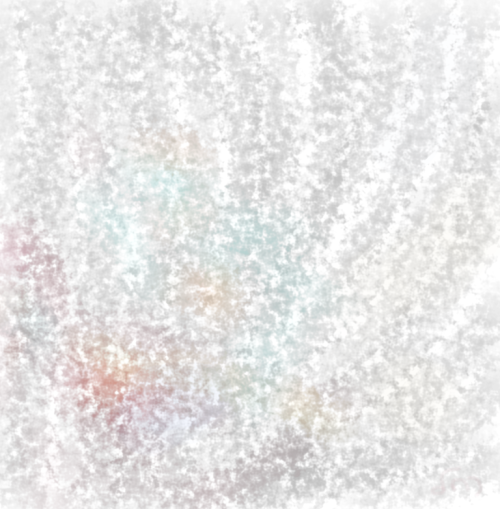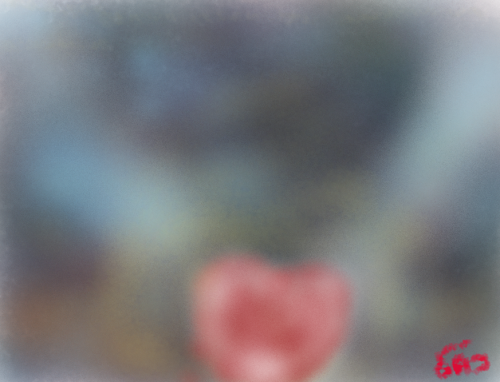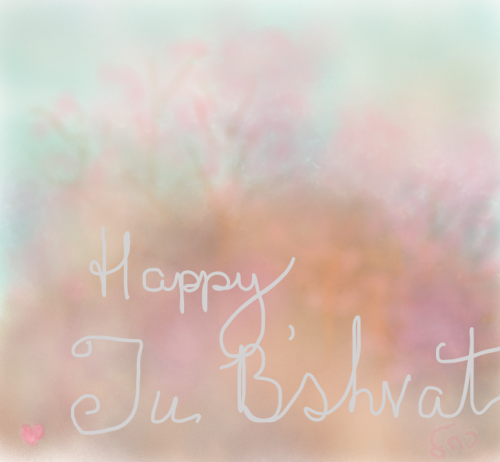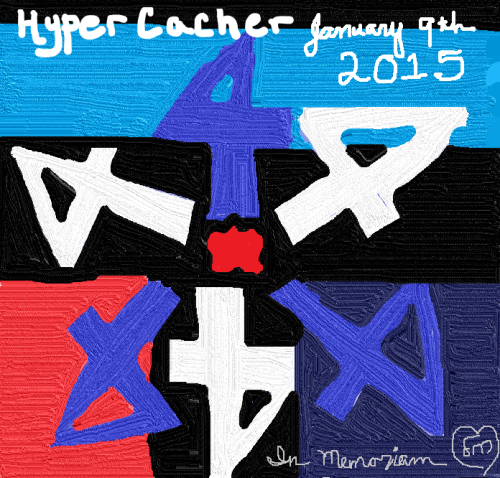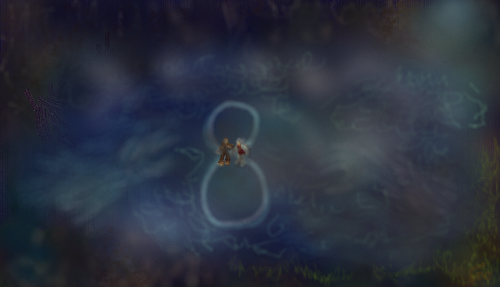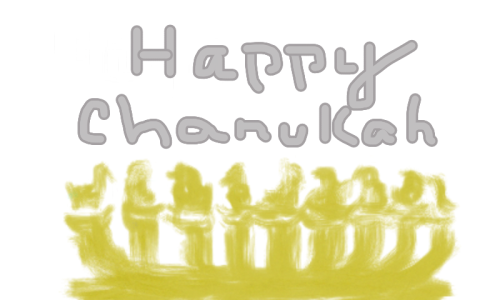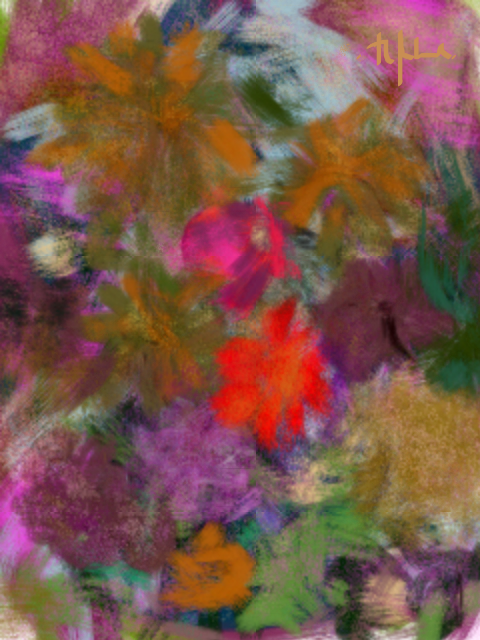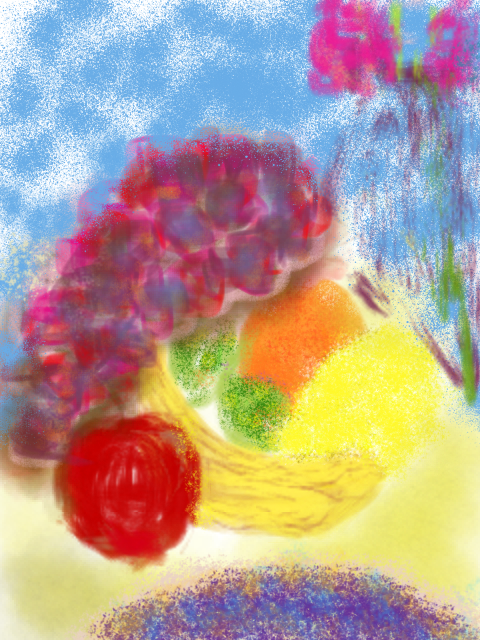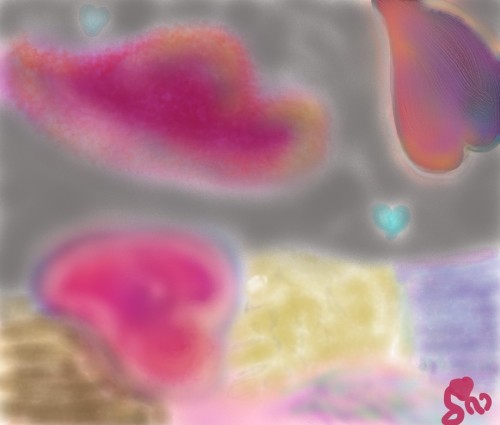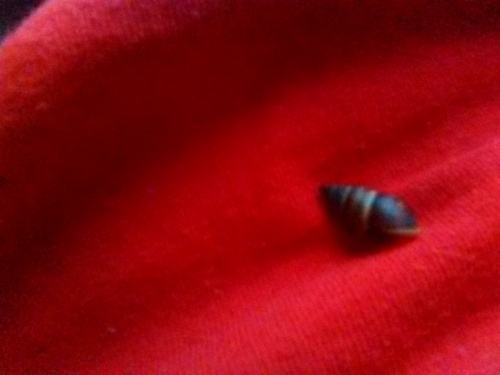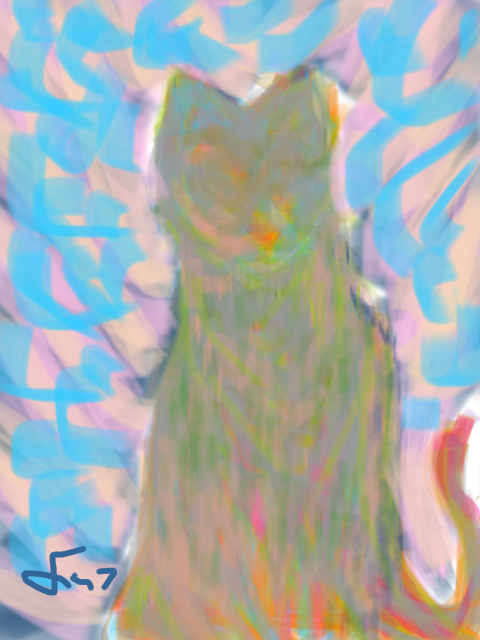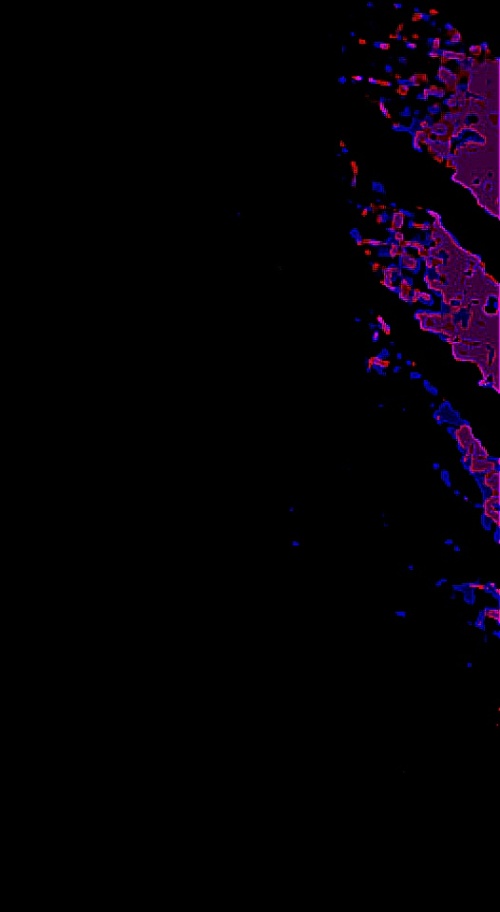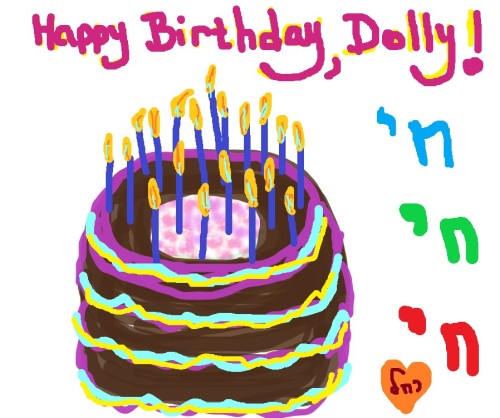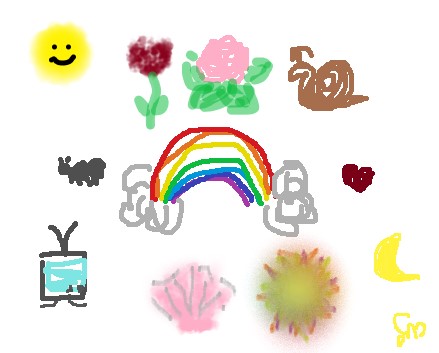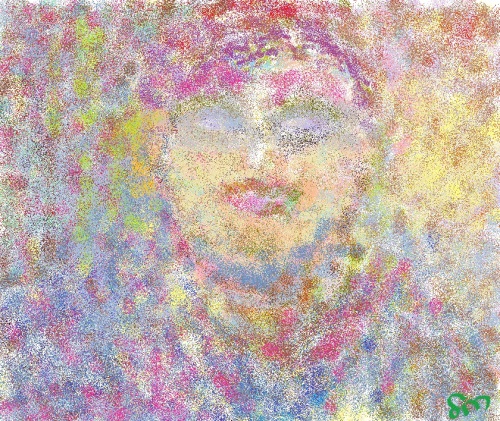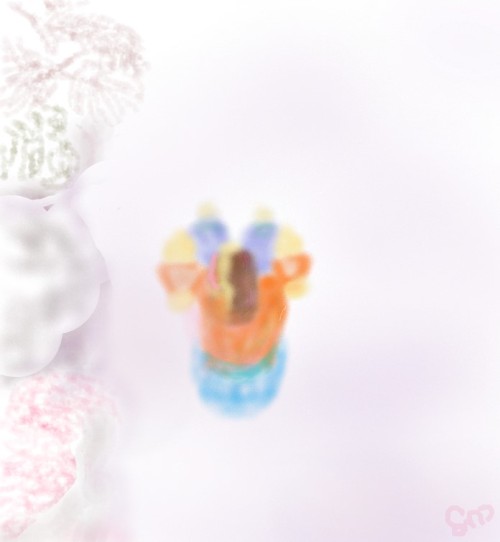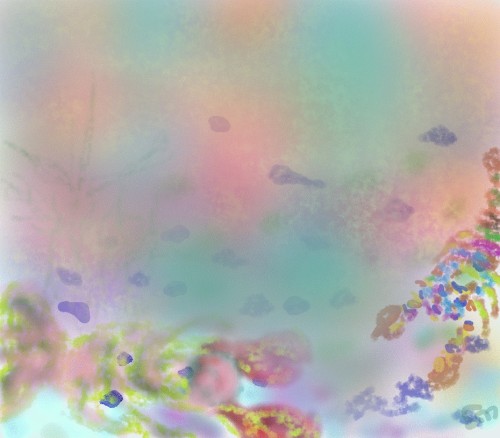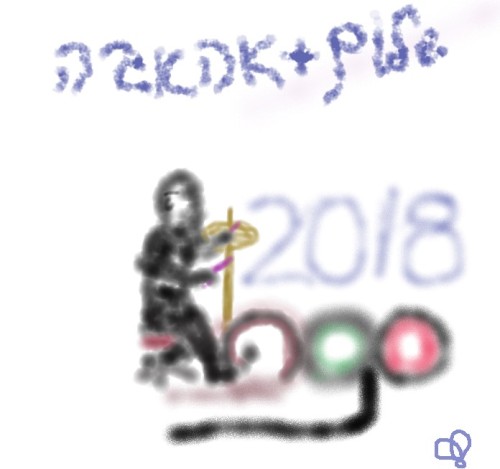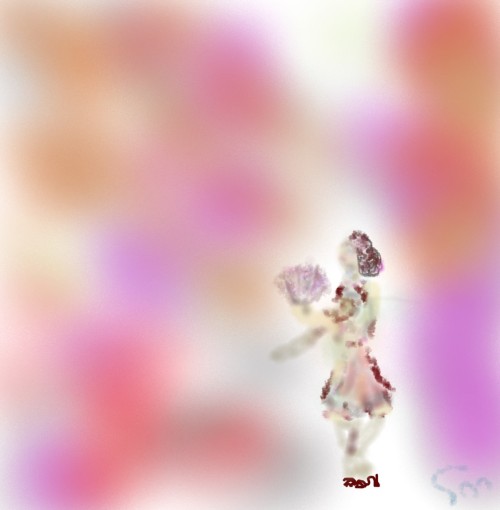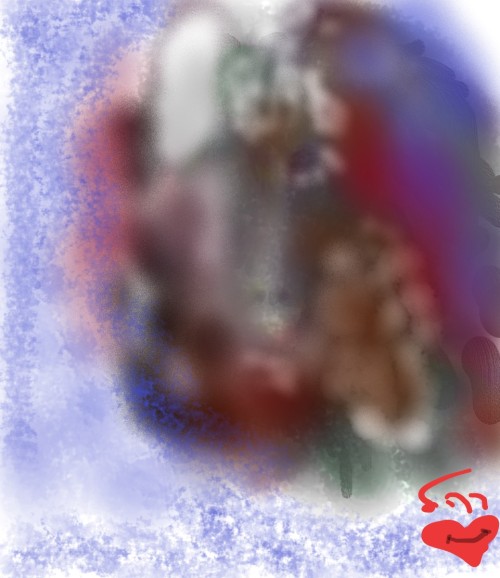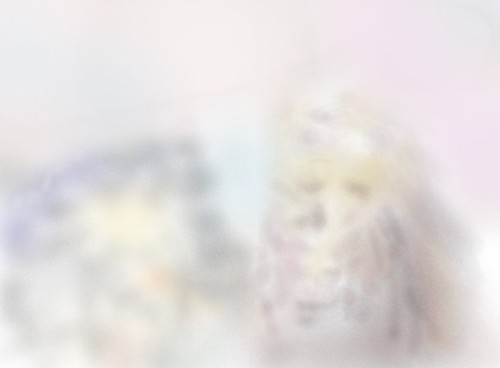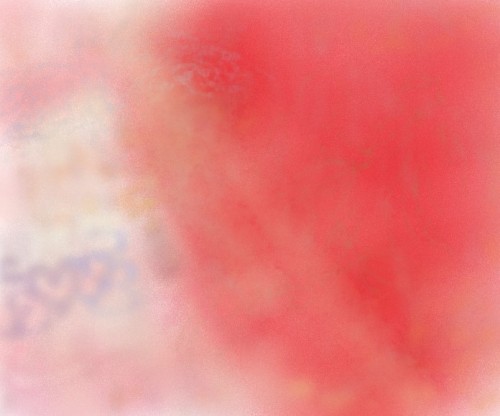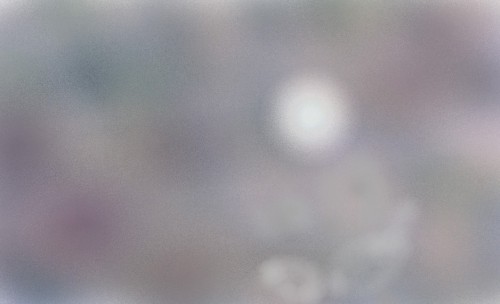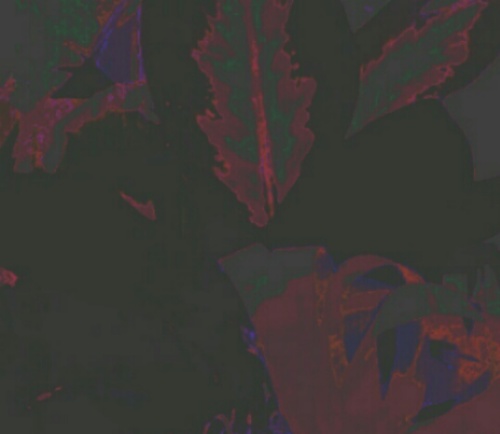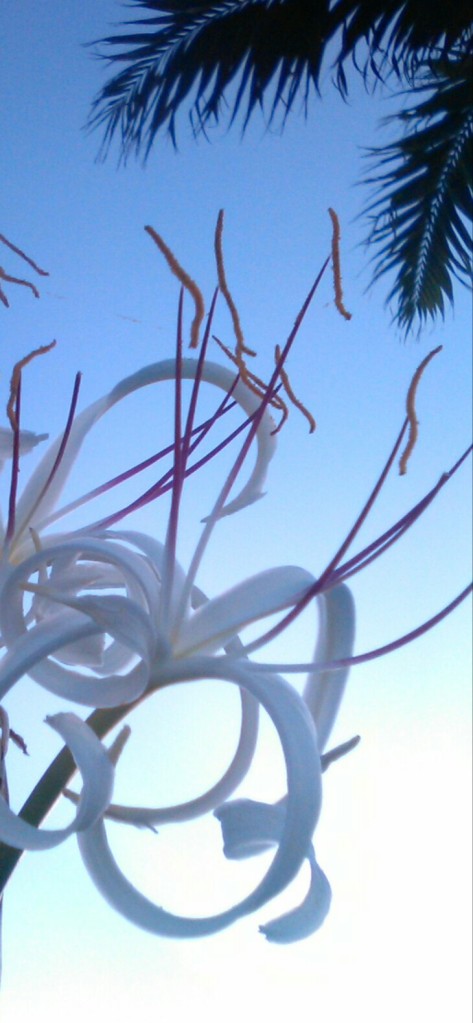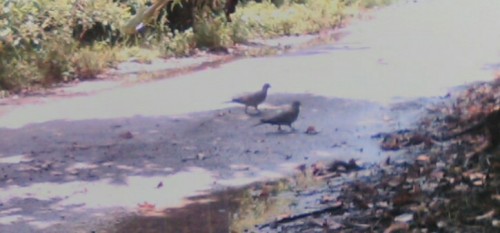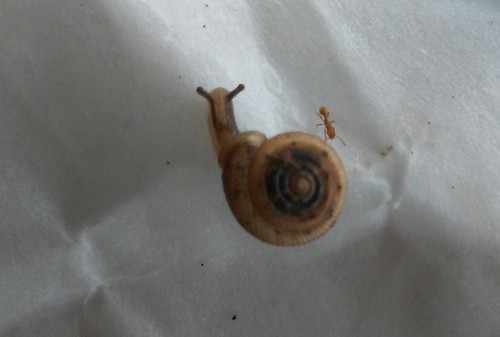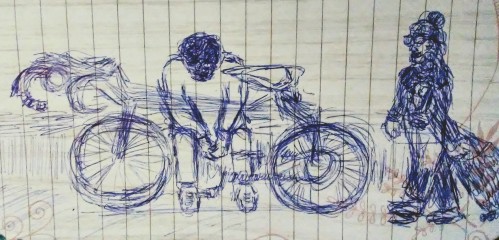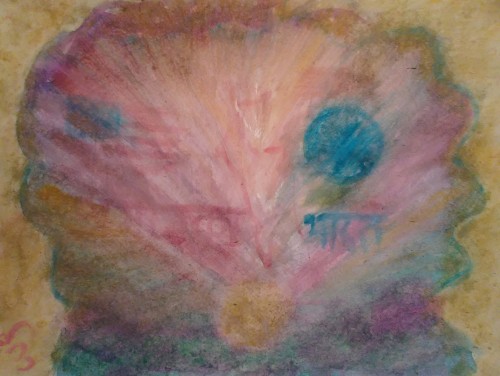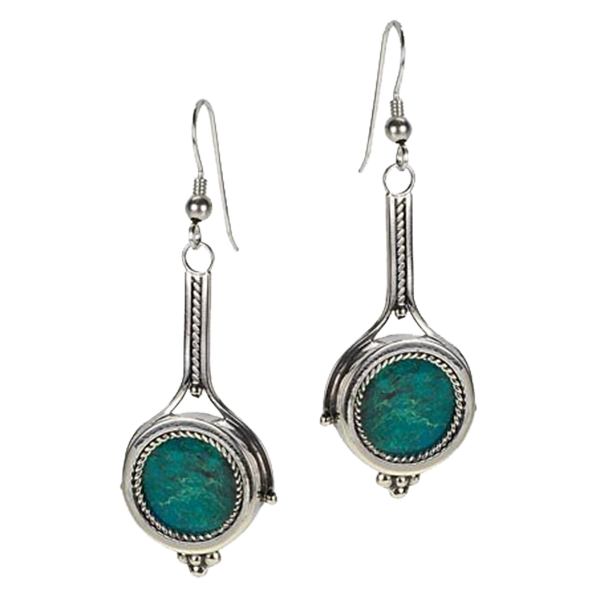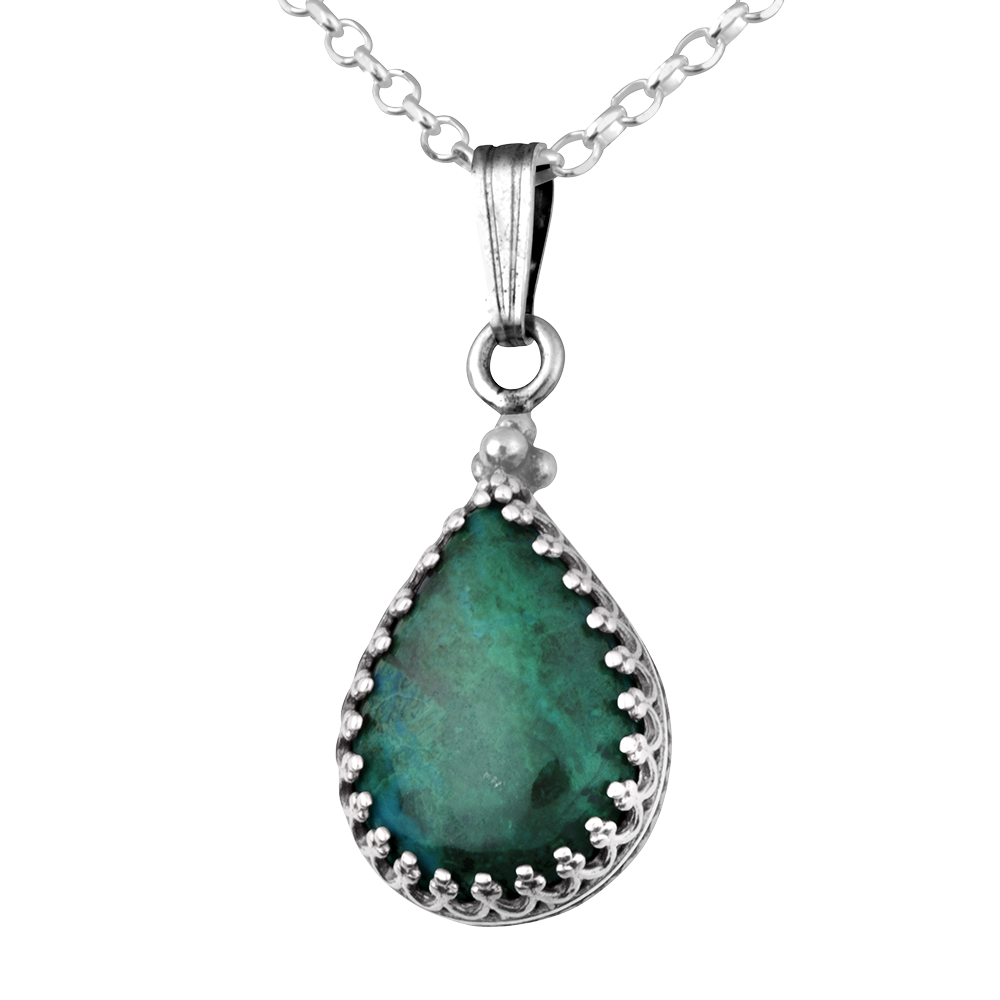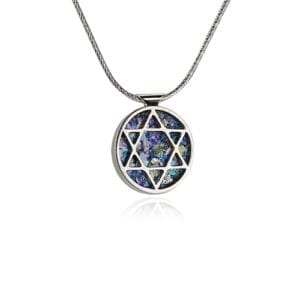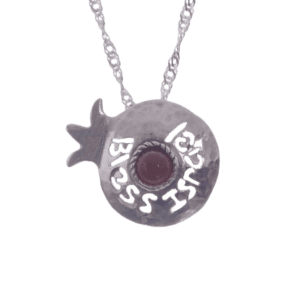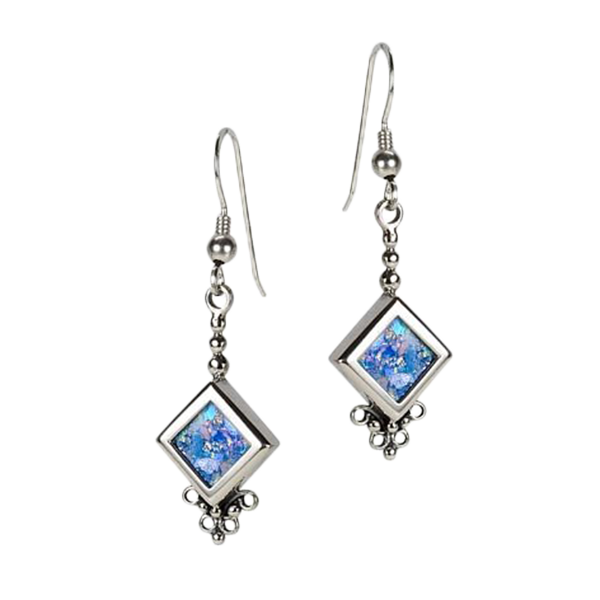
We’re all probably familiar with several images from the Holocaust: the little boy with his hands raised, the men filling the bunk beds of the concentration camps. These archival documents reflect the realities for the Holocaust’s victims of humanity’s hatred for the Jews, enshrined in the actions of the Final Solution. By whatever strokes of good fortune which I believe I was endowed by our Creator, the G-d of Abraham, Isaac and Jacob, to receive as a Jew alive today, despite the persecutions and dispersions of my ancestors, allow me also to see that the issue of our existence is still questioned in the minds of the world today.
My Jewish brother and I were each adopted separately, at different times, by Jewish parents. We are all unrelated except by Jewish lineage and by virtue of the familial ties our parents widened their hearts to encompass when our own families could not raise us.
The neighborhood I grew up in was comprised of a fairly dense population of other Jewish families, half of whose children were Jewish adoptees, as well. We lived in the up-and-coming suburbs, even as ours became passe and new, more gargantuan ones with bigger features became the latest “go-to” neighborhood.
My parents strove to give us every advantage we could have by working incessantly, non-stop, throughout the entirety of their lives. I was one of those children, uncommon at the time, who they later coined a term for called “latch-key” child, shuttling around from one home to the next until my Mother could come home from work. It was not very common for women to work in those days, which was why I could go to others’ homes after school. I can say, today, that while I enjoyed the friendships of my youth, who I would still think of as friends although our lives have outdistanced the connections as such, I missed the few hours before dinner with my Mom that was prevalent in the homes of my friends.
My father and one of his two brothers operated a drycleaning and fur-storage business together. Inscribed on the quarter placed into the concrete floor before the vault door was the year 1926, if I am recalling correctly. The Pop-and-Pop store served the population of the surrounding vicinity, whose neighborhoods reflected the ethnic enclaves of the new immigrants who came to these shores and settled down, during those days.
As children, my parents went to public schools and came into contact with other ethnicities, but returned to the apartments where the old-world and heritage of the past was more prevalent.
The parents of my parents had both reached safety in the United States before the jaws of death could reach them. They brought with them the old-world recipes and languages, but they also integrated with the new world in which they found themselves. My mother applied for and received an early-age driving permit to shuttle her sick father around. He had been a member of several charitable clubs and was known for his philanthropy. They lived by South Beach, and my name is derived in honor of my grandmother on my mother’s side. My own mother rode aboard the float in one of the parades, chosen like a beautiful Queen, and attended school with some of the people who would later become known throughout the world for their industry and largesse; yet still she can recall the signs of Miami Beach: No Blacks; No Jews; No Dogs.
Our speech, as well as that of much of our “contemporary” Jewish friends, was still peppered with a few Yiddish words and phrases, expressions which can find no equivalent translation in meaning. Some of this lexicon has become, not only part of the English language, but known worldwide. The word, “Chutzpah”, particularly, considering these days and times, comes to mind. Frankly, they were more innocent days, and I do miss them. Everybody just worked hard, enjoyed their friends, paid attention to their families, and enjoyed life.
Sure, there were some difficulties. Jews broke down the social discrimination barriers which still existed in U.S. society and which barred them entry to Universities, especially those of the Ivy League, and country clubs. Protests, lawsuits, and the formation of our own country clubs helped turn back the crushing defeat of second-class status. Not only for our own needs, but because we saw the discrimination against other people, as well, we fought for their rights. It may not have been the norm in a larger society, but in ours, we were welcome to engagement with societies different from ours. My father employed Black people at his store and served the local Irish, Jewish, and Black communities, in generality.
I am a product of the liberal outlook which supports these actions, who believes, concurrently, in the ancient tome of our Bible. There is a large contingency of us who have developed this philosophy, not as a movement, but as a natural outgrowth to the combined aspects of our broader integration with the world at large, and the religious strictures embodied in our heritage and formation as people, and as a people.
My “Auntie”, related somehow to my “Nana”, cooked kreplach in chicken fat, and my mother cooked Schezuan chicken in a wok. My youth bridged the divide between these compartmentalized cultures, evaporating quickly as the Old passed away, and the new was embraced with rapid assimilation. At my own middle school, Black people were bussed to create a more diversified environment than what the outgrowth of civilization had produced. Whether this outgrowth had occurred naturally, through settlement by people who found familiarity with people of similar background aiding their ease through commonality of language or tradition in a foreign culture is certainly an aspect that must be considered in viewing through the lens of a later time period in life. That the melding of societies hasn’t happened sooner is also something that must be considered in the evolution of our humanity. We continue to evolve in “human-hood” at ever-accelerating rates — just as the Universe continues to expand ever outward. Our growth alone, from the Industrial Revolution to today, has jumped remarkably in just this past century. From horse-drawn wagons, to automated machinery, vehicular and air travel, telephony and computerized communications, we have seen progress replace outmoded lifestyles, including social ones.
My father attended school at Boston Latin, I believe. I’m sure that he was likely outnumbered in the make-up of the student body which also attended there with him. I suppose I’m the only person who rants and raves that Jewish people are so discriminated against, that we’re not even considered as an “official” minority. Our Census designations have seen us first as Jewish people, then as fill-in-the-blank, then lumped in with both Middle Easterners and White people in the same category!
Due to our over-eagerness to conquer biases against us and to fit into the societies in which we’ve found ourselves, we assimilated so thoroughly into the surrounding populations that we are almost a people in crisis. Animals receive better protections under the Endangered Species Act than Jews do due to their own fool-hardiness and others’ thirst for our blood. Complete lines are being wiped out, their names “blotted out” of memory in the Book of Life. Could this be the penance of our consequences to cast aside our Judaism by integrating too thoroughly with the world around us? Could this be penance through even ten generations for an act committed by our ancestors? It could be.
But it would be foolish not to think that our own thorough assimilation has not had an impact. In my father’s genealogy, our name as a Jewish heritage is almost gone. My brother and I remained childless; the son of one Uncle married a Christian woman; the daughter of the other Uncle is happily married with another Jewish name now, and whose brother is now married again, this time to a woman who is Jewish. Male children will carry his name forward, if he has them — alot rests on this poor soul’s reproductive capacities (forfend that he should realize the pressure). I don’t even know whether he considers it whatsoever. As far as being a progressive family goes — that we surely are: including lesbian, Jewish convert from Christianity, remarriage and the like goes. Our very prolific bunch in previous eras hopefully leave us with enough progenitors not to be wiped out.
How can I even think such things in today’s world? I guess the answer is that with so many people trying to exterminate us since time immemorial, and with such few population numbers, our very survival rate becomes a matter for extrapolation in the here and now — in the wake of an Iranian nuclear deal awakened from its formerly peaceful slumber; in the barrage of missilefire raining down on Israel fueled with petrodollars and metrodollars (my phrase — no grabsies): from the coffers to the coffins (I might use that for a title of a book or poem, so copyright — no grabsies).
We still experience begrudging, and often anti-Semitic actions from individual mayors and the like in places like Austria, Sweden, Switzerland, etc. The seventy years we have continued to fight Germany, Italy, Switzerland, etc. for restitution to our people is a behind-the-scenes marvel of denials and cover-up far more interesting than any fictional tale of intrigue. Switzerland keeping money and items held in the bank accounts of Jewish people killed in the Holocaust without release to heirs; six million people lived in how many homes that were confiscated and given to Germans, and what was their worth? Artwork and valuables confiscated from Jews and resold in the Underground or given to Nazi officers or transported to hidden locations (this is the basis for the current interest in a “Nazi train”). Our people begrudgingly were eventually provided with some small restitution, hard to get, from the Germans, received by general Jewish organizations which apply its purpose toward things like Holocaust education. Few individuals benefit greatly from these miniscule amounts.
At least we have received some restitution. I have written in another article that I would like to see reparation to the Black community for the slavery at American hands of their ancestors. I don’t know how that would be figured, but I think it would be more fair than affirmative action. No restitution is still no restitution, no matter what other programs you might put in place to replace it. The 3/4-million Jews whose properties and valuables were confiscated when Arabs expelled the Jewish people from Arab countries at the same time as they attacked the nascent Jewish state with more than five armies surrounding Israel has gone unknown, let alone compensated. Whatever Arab population existed in Israel at the time of its Independence was asked to remain by Israel, and to not heed the call of Arab leaders imploring them to get out until they won and could, afterwards, recoup the booty of war spoils, when they tried to annihilate us in 1948. Instead, they left, mostly of their own accord (except for maybe a possible isolated occurrence or so, not confirmed, to the contrary). Given that the Jews were attacked in Israel and were expelled from Arab countries, wouldn’t it be fair to conclude that an even population exchange has occured with the Arabs now claiming homeless status? They are not a stateless people — so-called Palestinian people have had Jordanian citizenship until 1988, when Jordan removed that status to extend political leverage directed at Israel — misdirected machinations aimed via a war of attrition for Israel’s land, when they could so easily be absorbed in Israel’s Eastern side of Palestine, known as Jordan.
Simon Wiesenthal was one of those Jewish men lying on those bunk beds in the concentration camps. He survived to live through that ordeal and for the rest of his life he hunted down the Nazis who were living a life of normalcy, hidden in refuge countries like Argentina and others. Some Nazis had faced trials at Nuremberg, but many had escaped. Men tracked them down for years. The Simon Wiesenthal Center honors his legacy by continuing on — to document the tragedies, to fight Anti-Semitism and to help provide a more secure world — not just for the Jews, but as a wider scope in its benefit to all.
For more information on the Simon Wiesenthal Center, please visit: http://www.wiesenthal.com



































































